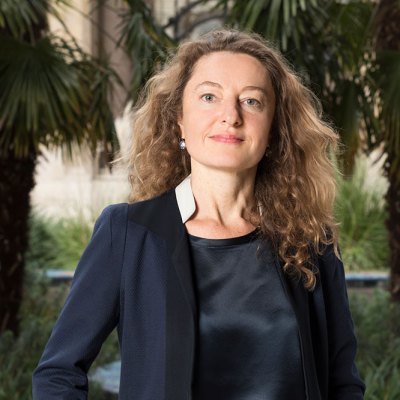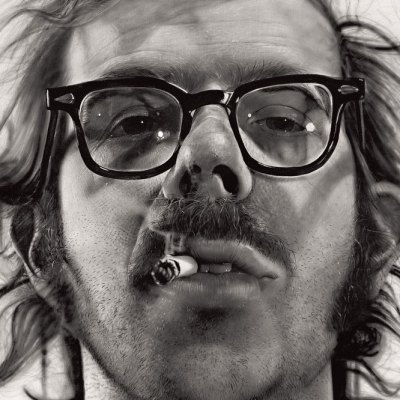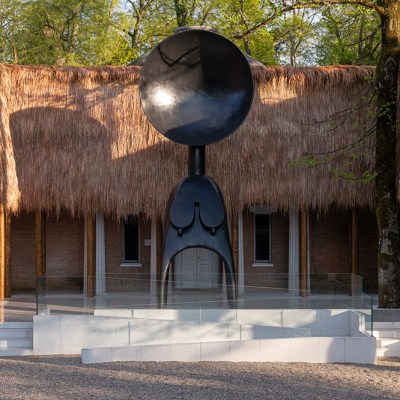Following reports published earlier this month in Libération of sexual harassment and racism in museums run by the city of Paris, the mayor of Paris, Anne Hidalgo, has ordered the general inspectorate to make sure that all the cases are being dealt with and that systems are put in place to prevent more occurrences. In its report of 9 April, Libération reported testimonies concerning several cases of harassment and sexist or racist remarks, and even assault, in at least six of the 14 museums that come under the Paris Musées umbrella. Since the mayor’s action of 15 April, a spokesperson for Paris Musées has told Libération that all the cases reported in the newspaper have either been investigated already and the necessary action taken, or are still under investigation – and that a plan to strengthen protections for victims and the processing of complaints will soon be presented to relevant trade unions.
It was the much-anticipated preview of the 59th Venice Biennale this week – and the on-going conflict in Ukraine made its presence felt. On Thursday, the Ukrainian president Vlodomyr Zelenky and his wife Olena Zelenska, addressed the audience by videolink at the opening of ‘This is Ukraine: Defending Freedom’ at the Scoula Grande della Misericordia, presented by PinchukArtCentre and Victor Pinchuk Foundation, In his address, Zelensky told the attendees to ‘support this fight with your art’.
Meanwhile, Kazakhstan’s plans to mount its first national pavilion have been put on hold due to logistical difficulties posed by the war in Ukraine. The Art Newspaper reports that many of the materials and artworks required for the installation are stuck in transit. The pavilion will now open on 17 May. Also in Venice, the Giardini section of the Biennale has hosted a temporary ‘pavilion’ for Ukraine. The scorched wood structure was only conceived of two weeks before the preview. Its architect, Dana Kosmina, fled Kyiv at the start of the Russian invasion and has described the pavilion as a ‘meditative space.’
Hermann Nitsch, the avant-garde artist and founding member of Viennese Actionism, has died at the age of 83. Nitsch’s controversial work often featured human blood and animal entrails and carcasses; his best-known performance piece may be the Orgies Mysteries Theatre. In 1988, police seized video tapes from his exhibition at the Sydney Biennale and in 2015, the Museo Jumex in Mexico City cancelled a show of his work. His work can be found in the permanent collections of museums including MoMA and the Tate – and there are two museums devoted to the artist in Austria (Mistelbach) and in Italy (Naples). Nitsch’s death coincided with the opening of an exhibition of his work titled, ‘20th Painting Action’, presented by Zuecca Projects and the collector Helmut Essl at the Venice Biennale. The Austrian president, Alexander Van der Bellem, wrote on twitter, ‘His work will live on, I’m sure of it.’



